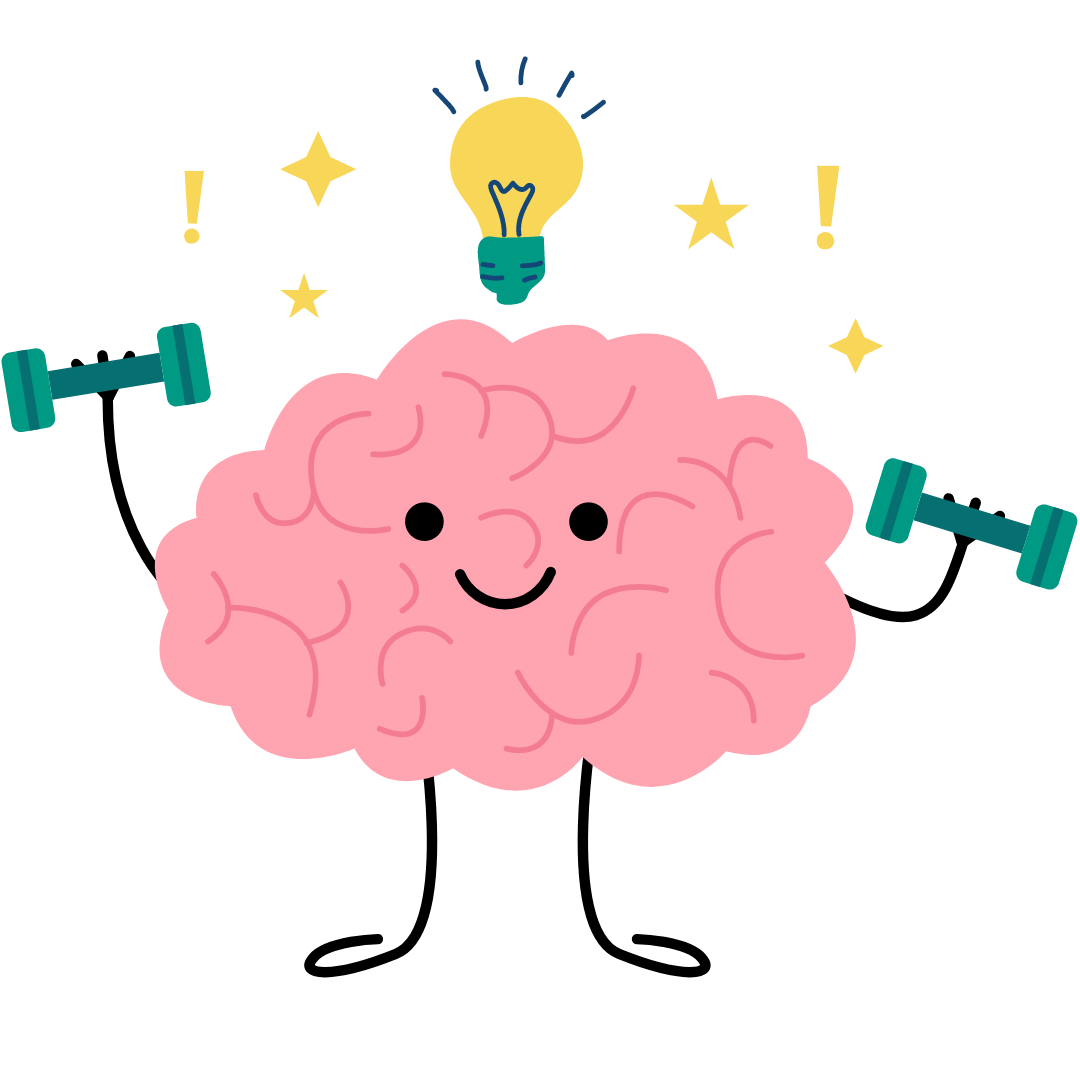How to Avoid Pizza Shop Paralysis
Cypress Mountain in Vancouver includes a delectable pizza pop-up where you can not only fuel up with amazing bites in the middle of winter sport fun, but also enjoy breathtaking views across the city and the islands spread out before you. Sounds idyllic, doesn't it? Now let me tell you how a recent trip of mine to the pop-up pizza place led me to a realization about some lesser-known secrets of process optimization.
Amidst a chorus of friendly chatter and the smell of freshly baked pizza, I found myself a player in a perfect story to illustrate the dynamic nature of process optimization and its challenges, the quest for shorter wait times and greater customer satisfaction.
The line leading to the counter was long and slow, full of hungry patrons eager for savory snacks. Standing for a while in the line, my companions, quite observant, vocalized the obvious: "Why not add another cashier? That would solve the problem, right?" A logical solution. We spent a long time waiting in a queue for the single cashier. But as I delved deeper, I noticed a few additional details. While it might seem obvious that management should do something about this ordering process, I came to realize that actually, this particular shop was running pretty well.
Why? I noticed a subtlety that eluded the hasty conclusions of the casual observer. While the line to the cashier was long, another queue—almost invisible but far more impactful—hid in the shadows: the line to the pizza oven. The pile of boxes labeled with new pizza orders loomed, a silent testament to the real culprit in this tale.

Check out the photo. As you order a pizza the order is written on a pizza box. In the picture we can see a pile of thirteen boxes waiting on the bar. There are another 5 pizza boxes in the "ready to bake'' queue - the pizza bases loaded up and ready to bake. In the oven - invisible to us all - are 8 pizzas in the process of becoming sizzling delicious discs of delight. Let's assume it takes 10 minutes to bake a pizza. This means we have a queue of eighteen pizzas to cook, or at least thirty minutes to wait for anyone placing an order.
Our takeaway - looking at the relaxed pizza oven operators compared to the harried cashier, might feel like the cashier is the bottleneck. In reality though, “fixing” the cashier bottleneck makes things worse - not better. While expediting the checkout time, a second cashier would increase the length of the pizza queue, forcing customers to wait even longer for a piping hot pizza. The pop-up pizza needs a second pizza oven before a second cashier. Process improvement is rarely solved by looking at the obvious, visible problem.
System Optimization is the Name of the Game
Getting stuff done depends on great people working within effective systems. The smooth operation of any business is a result of understanding the processes and their interplay, and the constraints that impact them within a given system.
Systems are complex and can be thought of as a sum of many processes, so we typically look at the flow of value within the system to help us identify where to start. In fact, to navigate the ever-evolving arena of process improvement, you need to master the first step- which includes identifying and understanding the bottlenecks that lurk in the shadows.
Map Your System
Our own approach is to specifically understand the source of bottlenecks and aim to work with them rather than focusing merely on eliminating them. We get around this by carefully mapping our system. This system is often referred to as a value stream - a business process that delivers value to our customers. The mapping and subsequent analysis of this system gives us a starting point for improving the effectiveness of the system.
From the example above, if the line to the cashier moves slowly, opening another cashier position would only help if the real bottleneck was the cashier... but we know that solving the obvious bottleneck does not always equate to more work getting done more quickly. Not every bottleneck is a problem to be solved.
Peeling Back the Layers of Process Dynamics
Bottlenecks can be misleading. What we see is often the overt customer-facing queues, and we love to hate them. These are the “noisy” ones, the ones with overstretched team members where we (end users) are impacted... think the very visible frustrations that make getting on a plane or buying our groceries such frustrating chores. But scratch the surface, and we uncover the layers that make the obvious bottleneck seem inconsequential.
We may in fact have conflicting bottlenecks, or bottlenecks that are constrained by technology that hasn’t kept up with the rate at which things happen these days (like the pizza oven), which are the true culprits getting in the way. And to add complexity to this thought (as if there weren’t enough already), while many bottlenecks have queues, not every queue is a bottleneck.
The 5 Whys of Process Optimization
Peeling back the layers of process flow demands a relentless curiosity, a toddler’s persistence to look beyond the obvious and understand how the world (or system) works.
Why is there a queue at the checkout? Why do pizzas take so long to come after placing an order? Why is there a queue at the pizza oven? Why don’t we have two cashiers instead of one? Why do we stack pizza boxes up in front of the pizza oven? Why does the pop-up only serve pizzas?
The initial questions often lead us down familiar or obvious paths the trick is to keep going. Using the foundational Root Cause Analysis tool of the '5 Whys' allows us to dig deeper into how things really work, rather than accepting the first obvious responses that we get. It’s in the deeper, more probing inquiries that can help us uncover the system and how it operates. We can begin to appreciate what assumptions or behaviours (constraints) undermine the performance of the system.
For example, why does the pizza pop-up only serve pizza? They could theoretically offer a range of other foods so that the entire system would not be dependent on the capacity of the pizza oven. More food choices might limit the dependency on the pizza oven and shorten wait times for hot pizza. But the pop-up is just that - a pop-up built within a trailer. Food preparation space is limited, and so you can only really support a single food type - in this case, a variety of tasty pizzas coming out of the single pizza oven.
We want to make sure that we appreciate the extremes the system has to operate under – in the case of our pizza pop-up, these could be looking at the size of location at peak times with large group orders, or mid-week morning where outdoor enthusiasts hankering for pizza are few and far between.
Analyze the system in terms of types of bottlenecks you find. Remember, not all bottlenecks are created equally. And not all bottlenecks are bad.
Apply The Theory of Constraints
Finally, we can start tweaking our system. Begin with the Theory of Constraints. First written about in The Goal, by Eli Goldratt - and more recently in The Phoenix Project, by Gene Kim and friends - the Theory of Constraints states that there is one single constraint that dominates the effectiveness of any process. Rather than trying to solve every bottleneck or constraint we find, focus on the single biggest constraint.
Make small changes, iterate, and continuously improve
The businesses that leapfrog the competition are those that can harness the power of agility. The ability to pivot, reassess, and reallocate resources when needed are the core characteristics of strong leadership and successful organizations. Avoid the common thinking that the analysis and corrections described above are a one-off event. If we only do this when the spotlight shines on us because we have something to fix, we won’t ever get to a place of true systemic change. It shouldn’t feel like a gargantuan undertaking every time we do it and won’t ever be overwhelming if we recognize the need to continuously monitor and explore our processes - especially in the dynamic world we exist in today.
Conclusion: The Path Forward
While since process improvement activities often can be helpful, isolated remedies for entrenched bottlenecks offer little more than temporary reprieve. The real promise lies when we focus on the system and continuously improve the flow of value across the core processes—ones that may have been ingrained since the start of the operation.
The best way to get started is by the following steps:
- Map Your System: Mapping the system gives us a starting point for improving the effectiveness of the system.
- Analyze Your System: Use the 5 whys. Don't stop until you've dug deep to appreciate how your system works today.
- Apply The Theory of Constraints: Rather than trying to solve every bottleneck or constraint we find, focus on the single biggest constraint.
- Instill a Culture of Agility: Recognize the need to continuously monitor and explore your processes.
If you love the idea of this, but feel like you’d benefit from some outside help, we’d love to help you. Reach out to us and let’s have a conversation about your exact needs. Chances are we’ve seen some form of what you’re dealing with already, and can hit the ground running.
If you like what you read, consider subscribing to our newsletter!
Small changes, Big Impact.
IncrementOne









